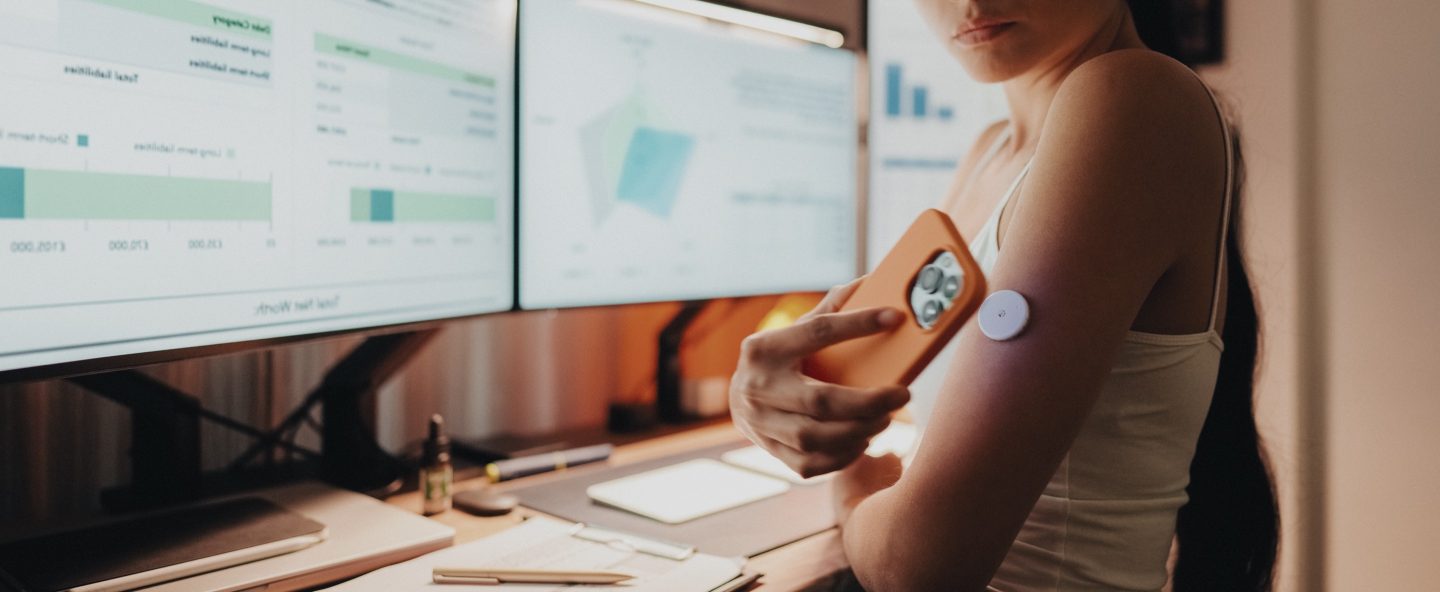Regan T, Devkota J, McQuoid J, et al. Real-time antecedents of cannabis use among young adults: An Ecological Momentary Assessment study. Exp Clin Psychopharmacol. 2025;doi:10.1037/pha0000775
In this secondary analysis study, researchers used ecological momentary assessment (EMA) to explore the real-time emotional, situational, and environmental factors leading up to cannabis use. The goal was to identify patterns that could help design more effective prevention and intervention programs. A total of 37 participants who regularly used both tobacco and cannabis completed baseline surveys and then reported their cannabis use over 30 days using a smartphone app, PiLR Health. Participants were prompted to complete surveys before cannabis use (up to two per day) and also completed a daily retrospective diary. Survey prompts were automatically adjusted for subsequent days based on patterns of predicted use. Cannabis use was most likely to occur when participants felt emotionally neutral—neither strongly positive nor negative. Higher cravings and feelings of intoxication were also linked to greater odds of use. Unsurprisingly, cannabis was most often used at home; however, peer presence or common environmental cues, like seeing others use, had little impact. However, experiencing racial or ethnic discrimination on a given day was associated with increased likelihood of cannabis use. This study has several limitations. One potentially large issue was the possibility that participants did not always report cannabis use accurately; as such, results should be interpreted with caution. Additionally, the aim of addressing co-use of tobacco and cannabis was not directly assessed. In general, this study provides insight into potential mechanisms for future cannabis interventions; however, improving response rates and capturing all use events for youth remains a challenge for future research that needs additional attention.
